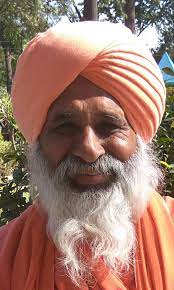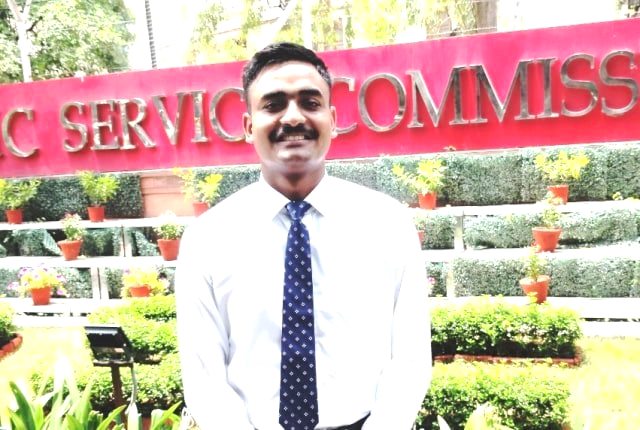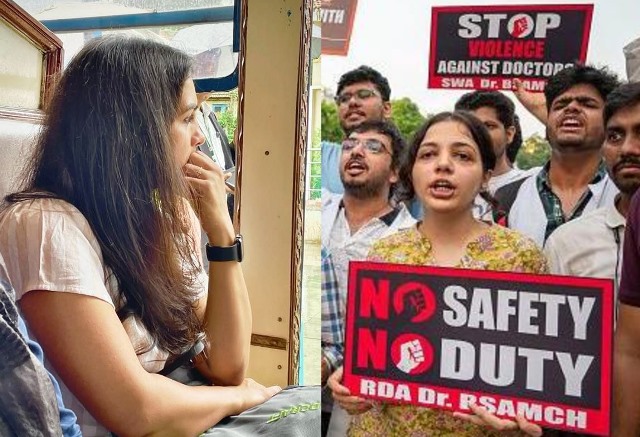
Balbir Singh Seechewal: Man who can bring the dead river alive
sadhu or a baba clad in saffron cloths conjures up an image of someone totally devoted to religion and reciting mantras sitting under a huge banyan tree. But in Punjab, there is a baba named Balbir Singh Seechewal, who has transformed a dead river into a stream of water which has changed the life of people in nearby villages.
Seechewal adopted Kaali Bein River because of it was considered sacred and was the only source of water for the villagers. He was joined by several others and it was just a matter of time and hard work, that this 160km long dead river started blooming again. The river is now a source of drinking water and used for irrigating the fields.
Who is he?
A resident of a village called Seechewal located about 40 km from Jalandhar city. From childhood, he enjoyed being in the lap of nature and enjoyed greenery. “After dropping out of college I started wearing saffron cloths. I found something inside me that was craving me to work for society,” said Baba Seechewal.
He was born on 2 February 1962 in the house of Chanan Kaur and Chanan Singh. He was an honest, hardworking and religious person from the childhood. He got his primary education from village school, but done bachelors from DAV College located in Nakodar (Jalandhar).
Balbir Singh came in contact with Sant Avtar Singh in 1981 and started following the sect called Nirmal Kuteya. This sect propagates oneness of God as Nirankar.
How he started
First when he noticed that people has to bear a lot of /problems while going through village passages, he built mounds in and around his village. This initiative gave him bit recognition; however, he got the kick and resolved another issue his own with lying down some roads in the area.
He said, “It is difficult for me to sit idle. If I know some issue is bothering people around me, and I have the potential to resolve it then I can’t keep myself in rest.” Few years later he found Kali Bein dead with pollution.
Highly polluted river
Once he attended a meeting organised by an NGO in Jalandhar, he got the idea right from there to restore highly polluted Kali Bein. The river was practically abused as six towns and many villages used to empty their wastes. The river travelled for more than 160 kilometers distance.
Why he started this project with Kali Bein, when there are many other big rivers which are polluted in Punjab. He explained: “When I learned that Guru Nanak Dev Ji had bathed here in Kali Bein during his way to Sultanpur Lodhi I was determined to restore its pristine glory. I felt that it is something that I was looking for from a long time. Many children, men and women from nearby villages also joined this mission soon.”
People from different villages started contributing too; like they offered their tractors to level the ground, water supply by irrigation pumps and labour by natives. “Cleaning of river was not possible overnight, it took many years. Today not just the river is cleaned, but the banks are beautified too and are covered with decorative plants. Everything beautiful we are seeing today is a result of common effort made by all.”
Challenges
As every big project has to face many challenges, Kali Bein project had its share too: “Since, it was involved many villages and various geographical areas, we had to deal with everything. Biggest challenge was to control entry of sewage water from different villages. Mobilizing people, bringing government agencies to the spot and re-phasing entire sewer system of villages was another major task.”
Initially, Seechewal and volunteers tried to persuade people, but when villagers and government agencies turned deaf ears they started another big project, re-phasing of all sewer lines. They developed indigenous sewerage system that included laying of underground pipelines in villages and to start natural treatment system through deep layers of trenches.
It was a purposeful model because treated sewerage water was used to irrigate agriculture fields. People started calling this system “Seechewal sewerage model.”
Recognition
Former president of India APJ Abdul Kalam motivated his efforts and mentioned his efforts in many of his speeches. He visited the village in 2006 and 2008. Union Minister for Water Resources Uma Bharati also visited the place and discussed with Seechewal whether she could replicate the model on Ganga.
Balbir Singh Seechewal is concerned about pollution of rivers in Pakistan and Bangladesh and wants them to study his treatment model. He also wishes to clean the other rivers in Punjab, Beas and Sutlej.



